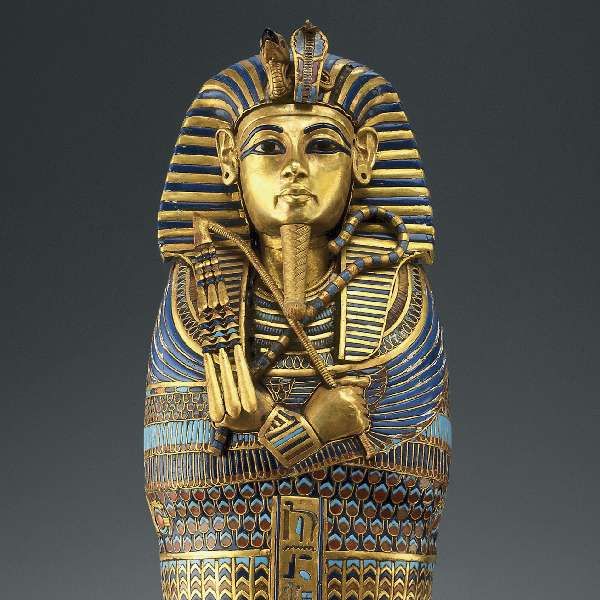O2 customers will get the chance to act like kings for the day with priority access to the Tutankhamun and the Golden Age of the Pharaohs exhibition at The O2.
After a 35 year break, Tutankhamun is finally returning to London on 15th November for 9 months, with the initial week of the exhibition (15th November - 21st November) only open to O2 customers and their guests who will be the first to marvel at the ancient treasures housed in the cultural hub of The O2, The O2 bubble.
In a further move to treat its customers like royalty, O2 has also arranged for its customers to be able to exclusively purchase tickets for The O2's Tutankhamun exhibition in a pre-sale period from 29th August-11th September, before the public sale commences on 12th September. Customers have to text TUT to 2020 to receive
their unique password for that exclusive week.
O2 customers interested in Tutankhamun will also be able visit the blueroom online and O2 Active to interact with treasure hunt games, a discussion area and a hieroglyphics generator.
The last time Tutankhamun's treasures visited London was at The British Museum in 1972 with an attendance of over 1.7 million visitors, setting a world record.
Whilst this exhibition contained only 50 pieces, Tutankhamun and the Golden Age of the Pharaohs at The O2 will display a collection of approximately 130 treasures from Tutankhamun's tomb and other Valley of the Kings' artefacts in 11 different experiential galleries.
Using inventive design and innovative technology, Tutankhamun and the Golden Age of the Pharaohs will immerse visitors in the world of Ancient Egypt.
Major objects on display from Tutankhamun's tomb will include the royal diadem - the gold crown encircling the head of the king's mummified body - and the gold and precious stone inlaid canopic coffinette that contained the king's mummified organs.
Tutankhamun and the Golden Age of the Pharaohs will be open at The O2 from 15th November 2007 - 30th August 2008.
Pictured: VISCERA COFFIN
Tutankhamun possessed four miniature coffins fashioned of gold and inlaid with colored glass and semi-precious stones, and each stood in a separate compartment in an alabaster chest. The band of inscription running down the front names Imseti, one of the sons of Horus, and the goddess Isis, who would protect the deceased and the particular mummified organ within, in this case the liver. The cartouche encircling the king's name on the interior was reworked and originally had the name of one of Tutankhamun's relatives.

